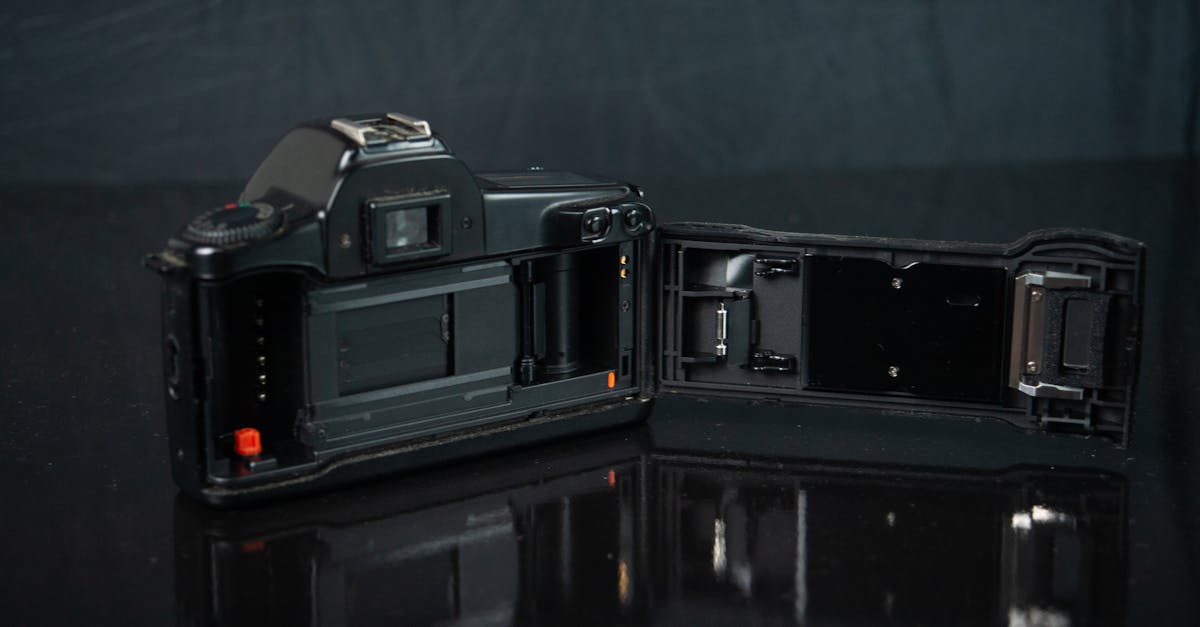
Table Of ContentsPan-and-tilt drain cameras elevate safety standards in plumbing by enabling professionals to assess risks and hazards in underground pipe networks without the need for extensive digging or manual inspections, reducing potential accidents.
Proper Storage and Transportation of Drain Cameras
Drain cameras are valuable tools used in the inspection and maintenance of underground pipelines. Proper storage and transportation of these cameras are crucial in ensuring their longevity and functionality. When not in use, drain cameras should be stored in a dry and secure location to prevent damage from moisture or environmental factors. It is important to keep them in their protective cases to avoid dust accumulation and potential scratches on the lenses or screens.
can ensure compatibility and functionality, reducing the risk of damage caused by incompatible or inferior components. By following a proactive approach to equipment care and using quality parts, operators can maximise the lifespan of their drain camera systems and maintain efficient operations.
Routine Inspection and Upgrade StrategiesPrivacy Policy
Routine inspection and upgrade strategies are crucial for ensuring the optimal performance and longevity of drain camera equipment. Regularly scheduled inspections should be conducted to identify any signs of wear and tear, as well as to address any potential issues before they escalate. By proactively monitoring the condition of the equipment, operators can prevent unexpected breakdowns and costly repairs, ultimately saving time and money in the long run.
Moreover, staying abreast of the latest technological advancements in drain camera systems is essential for maintaining a competitive edge in the industry. Periodic upgrades to software and hardware components can enhance the efficiency and accuracy of inspections, allowing operators to deliver superior results to their clients. By investing in continuous improvement and innovation, drain camera operators can differentiate themselves from their competitors and attract more business opportunities.